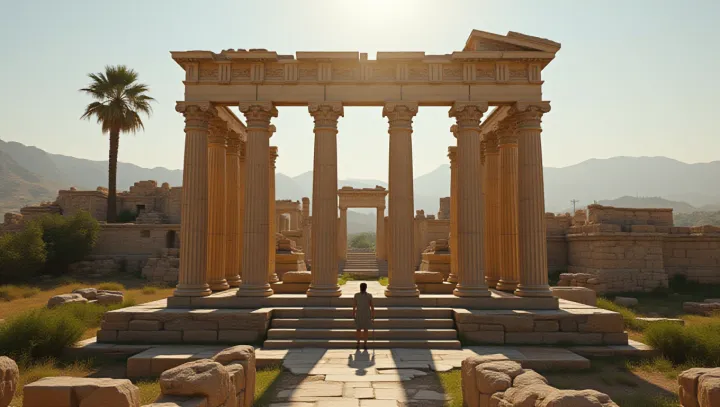Unveiling the Mysteries of Amman's Ancient Ruins

Perched atop one of Amman's seven hills, the Amman Citadel, known as Jabal al-Qal'a, offers a fascinating glimpse into Jordan's illustrious past. The site, which dates back thousands of years, is famously home to the ruins of the Temple of Hercules, a testament to the diverse influences that have shaped the cultural landscape of the region. The Temple of Hercules, with its impressive ancient columns, has long been a subject of intrigue among archaeologists and historians.
The structure is believed to have been built during the reign of the Roman Emperor Marcus Aurelius. Recent archaeological studies have provided deeper insights into its construction and significance, highlighting its pivotal role in the ancient world as a center of worship and governance. The citadel's strategic location and rich assemblage of artifacts draw thousands of visitors annually, enchanted by a blend of history and myth.
Experts note that the preservation efforts underway serve not only to protect Jordan's heritage but also to foster a deeper appreciation of ancient civilizations’ contributions to modern society. This enduring fascination contributes to a broader understanding of the nexus between past and present, underlining the importance of archaeological endeavors in connecting communities worldwide. The Temple of Hercules stands as a symbol of resilience and continuity, inspiring both locals and international visitors with its storied past and architectural splendor.
